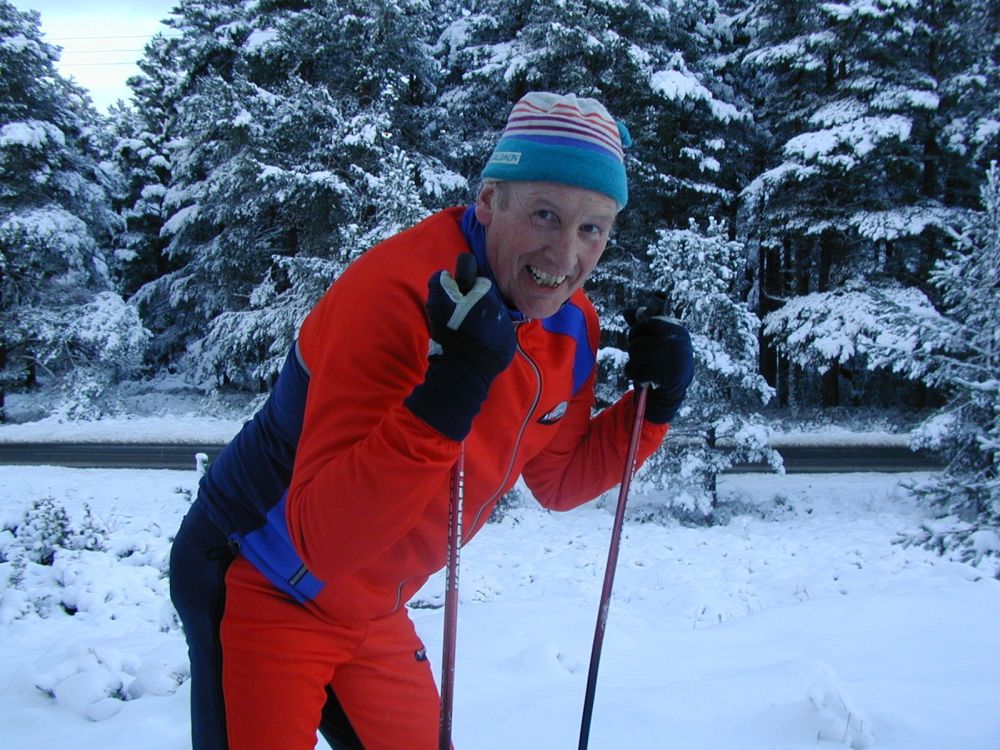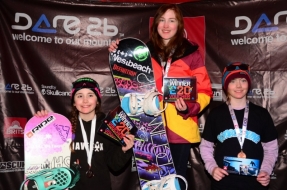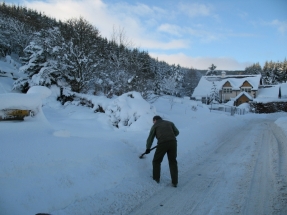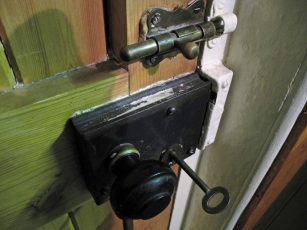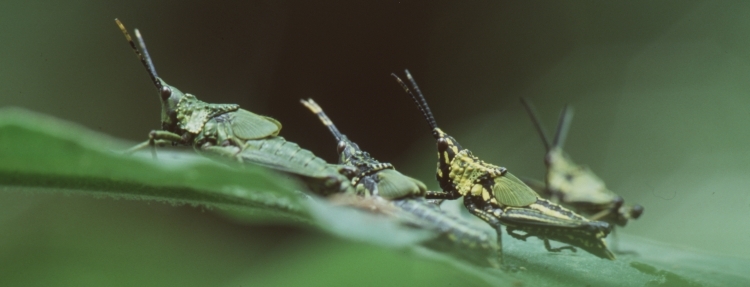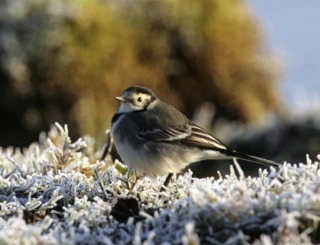Duncan Harley reviews Snow White and the Seven Dwarfs @ His Majesty’s Theatre, Aberdeen.
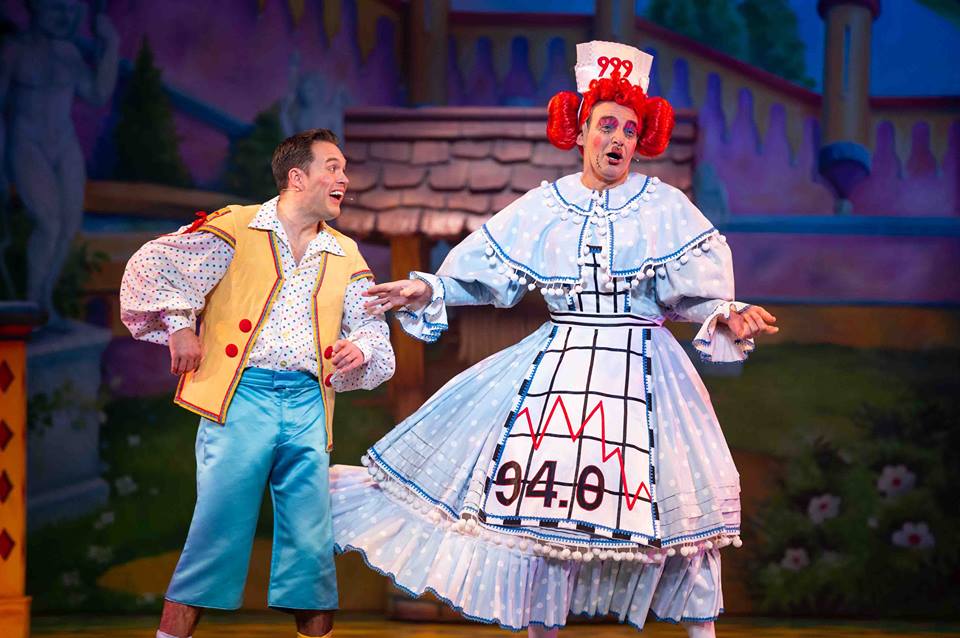 The traditional folk tale of how the beautiful Snow White survived the evil queen’s murderous attention has been told in many versions over the centuries.
The traditional folk tale of how the beautiful Snow White survived the evil queen’s murderous attention has been told in many versions over the centuries.
Countries across the globe from Albania to Malaya hold versions of the tale deeply rooted in popular culture.
In an Indian take on the story, the magic mirror is portrayed as a talking parrot and an Albanian version has Snow White’s jealous sisters portrayed as a murderous duo intent on her untimely demise.
The Brothers Grimm are often credited with having collected the definitive version of the story. Featuring seven unnamed dwarfs, a glass coffin and an insanely jealous stepmother they published several versions of the tale over the period 1812-1854.
In 1937 the tale was subjected to Disneyfication and, despite Disney having trademarked the name “Snow White” in 2013, the films and the literature continue to follow the snowy-white road.
Ever popular as a pantomime theme the likes of Dawn French, Wendi Peters and even Strictly Star Brendan Cole have played starring roles over the years.
As Snow White and the Seven Dwarfs comes to His Majesty’s for a five-week run, the incumbents of the leading roles are Lee Mead as Prince Harry, Jenna Innes as Snow White, Juliet Cadzow as the evil Queen Lucretia plus of course Jordan Young as Muddles and Alan McHugh as Nurse Nellie MacDuff. Yes, that’s right – Nurse Nellie MacDuff.
Both the Grimm Brothers and Walt would have been surprised at Nurse Nellie’s staring role but, it’s all in the best possible taste; well almost.
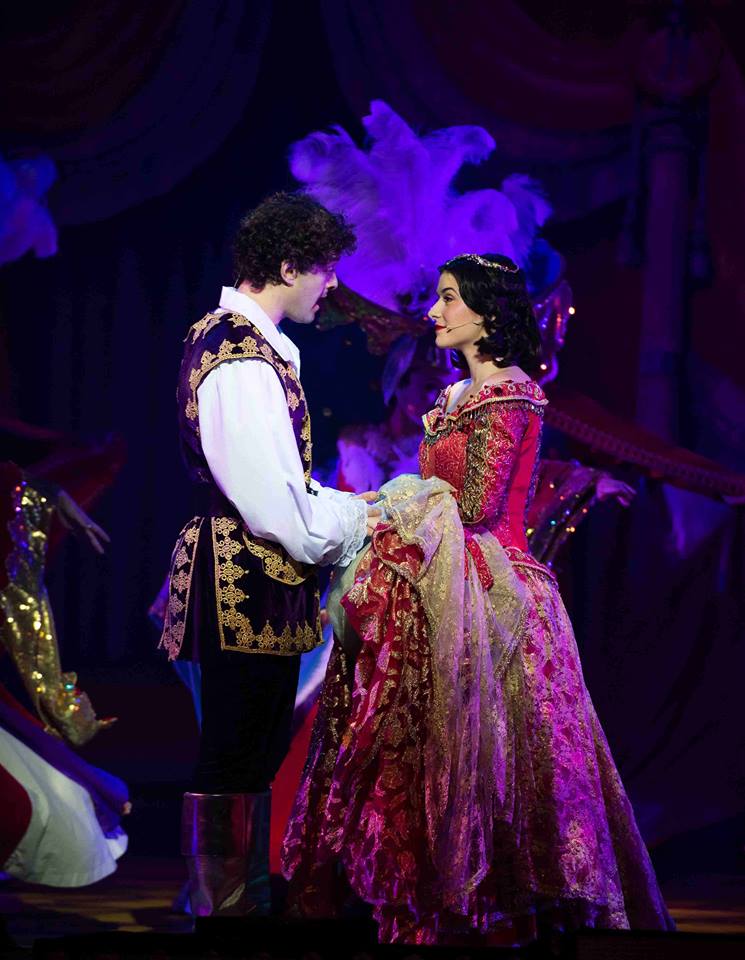 As Alan McHugh’s take on the traditional tale rattles on through endless costume changes – Nellie appears variously dressed as a billiard table, a Heinz Beans advert, a BBQ and wait for it, a fat lady in a tiny bikini; the wonder of panto is exposed to the theatre audience in more ways than one in this production
As Alan McHugh’s take on the traditional tale rattles on through endless costume changes – Nellie appears variously dressed as a billiard table, a Heinz Beans advert, a BBQ and wait for it, a fat lady in a tiny bikini; the wonder of panto is exposed to the theatre audience in more ways than one in this production
Inuendo, double entendre, acrobatics, pyrotechnics and fast paced comedy sketches flow thick and fast as the story of the princess who was far too pretty to live unfolds.
There are no glass coffins in this version of the tale and, if Alan McHugh’s take on the story is to be believed in its entirety, the magnificent seven are named as Snoozy, Fearty, Dafty, Gaffer, Cheery, Snotty and Dreichy.
As is usual in the HMT Panto various celeb’s get to take it on the chin.
Amongst this year’s targets are Donald Trump and Theresa May with the addition of a gag or two about the AWPR, Brexit and of course Holby City – erstwhile home of Lofty AKA Ben “Lofty” Chiltern.
As panto’s go this year’s APA offering certainly delivers a good few belly laughs.
The story bears at least a resemblance to the original tale and the delivery of the traditional fast-paced monologues is, as always, second to none. However, there is a certain flatness and lack of energy about the production.
Perhaps this will pick up during the coming weeks. Additionally, Prince Harry – although pitch perfect in dialogue – appeared to be singing ever so slightly under par.
All in all, though, Snow White and the Seven Dwarfs is a cracking piece of entertainment and should appeal to folk of all ages.
Plus of course, this year some seventy-four towns and villages throughout the North-east, including both Inverurie and Fochabers but somewhat surprisingly not Maggieknockater, get a special mention amongst the gags.
Now that must be something of a record.
Stars: 3.5/5
Directed by Tony Cownie and written by Alan McHugh, Snow White and the Seven Dwarfs plays at His Majesty’s Theatre Aberdeen until Sunday 6 January 2019
Tickets from Aberdeen Performing Arts Tel: 01224- 641122
Words © Duncan Harley, Images © HMT
